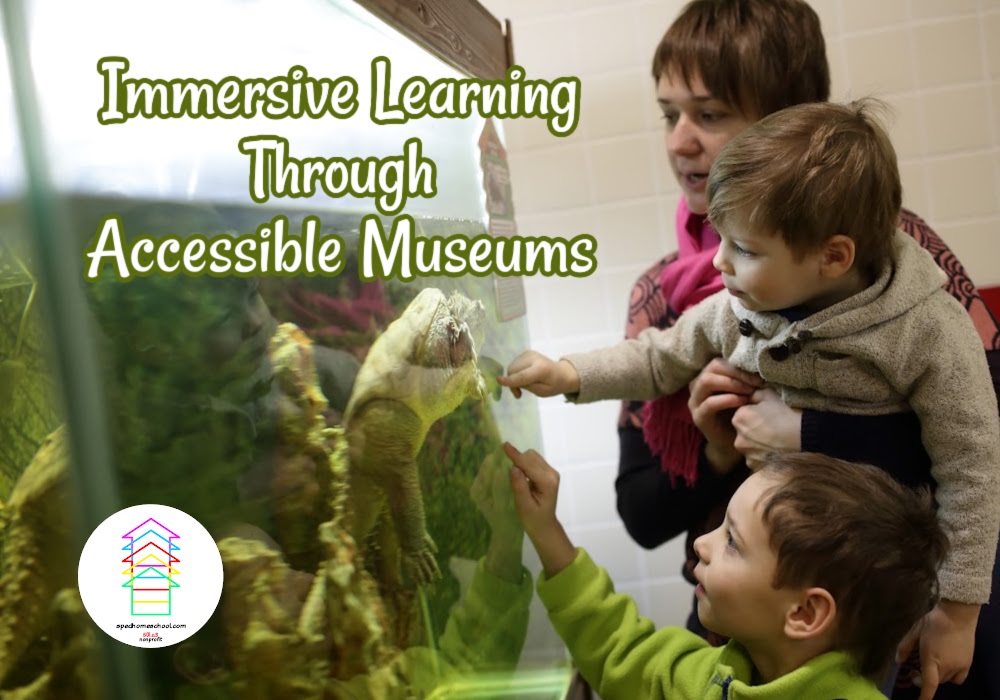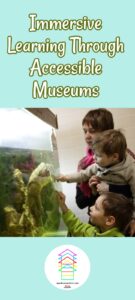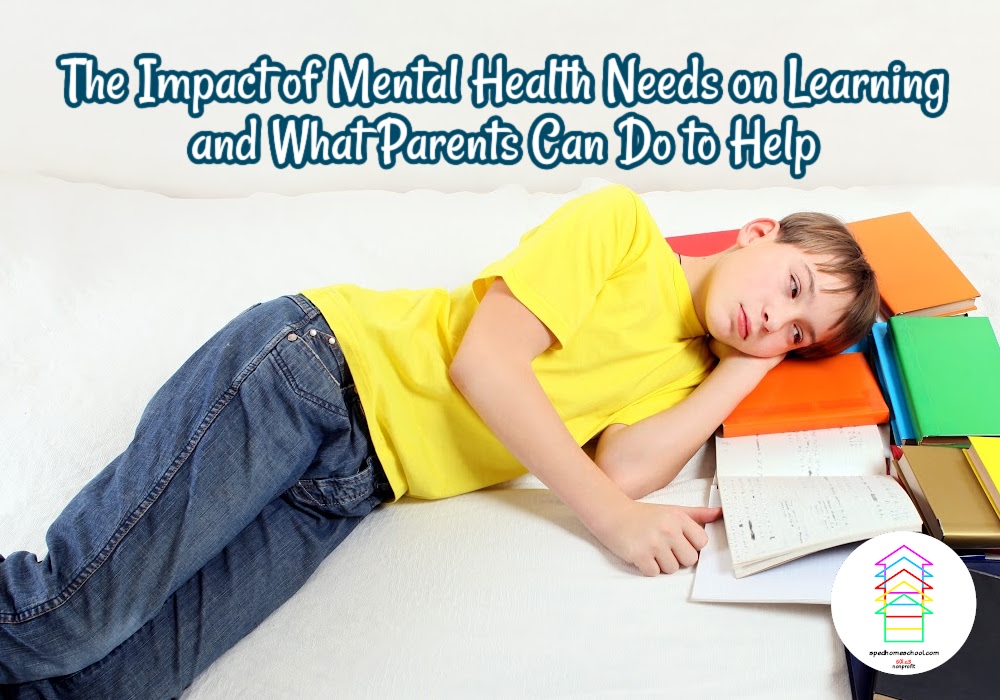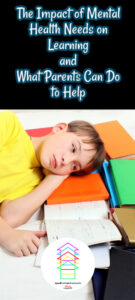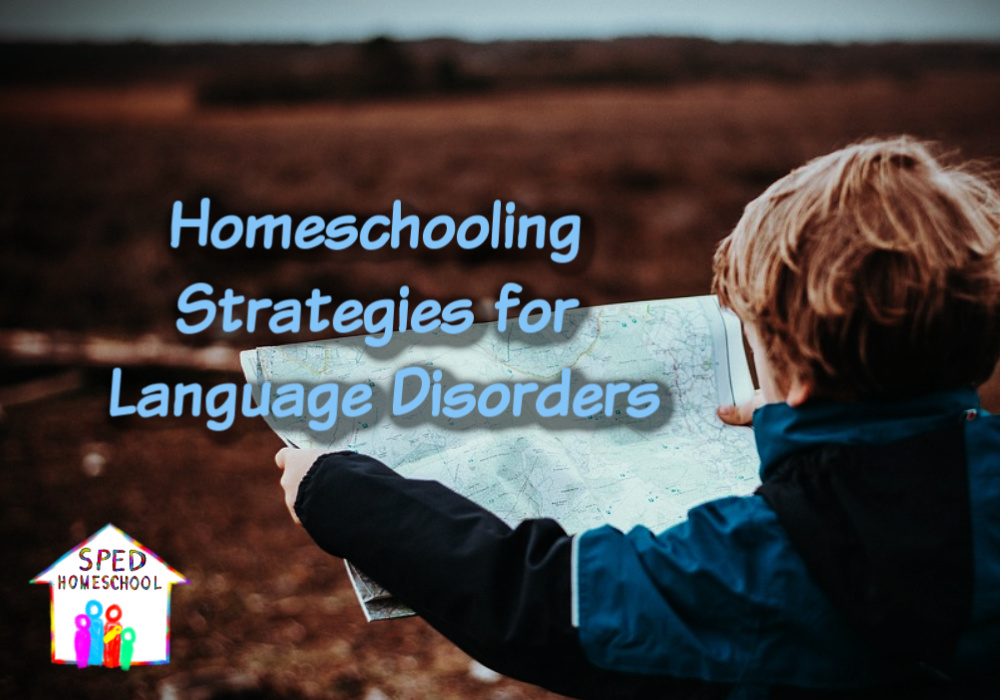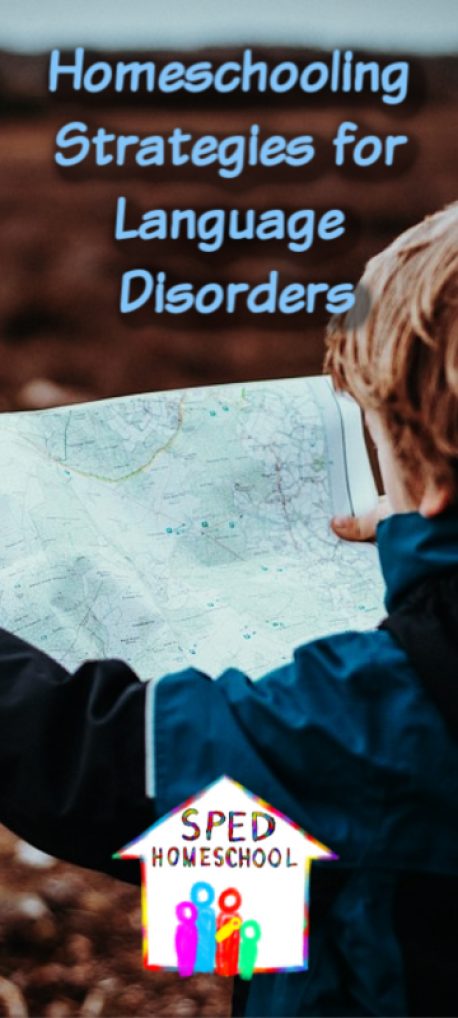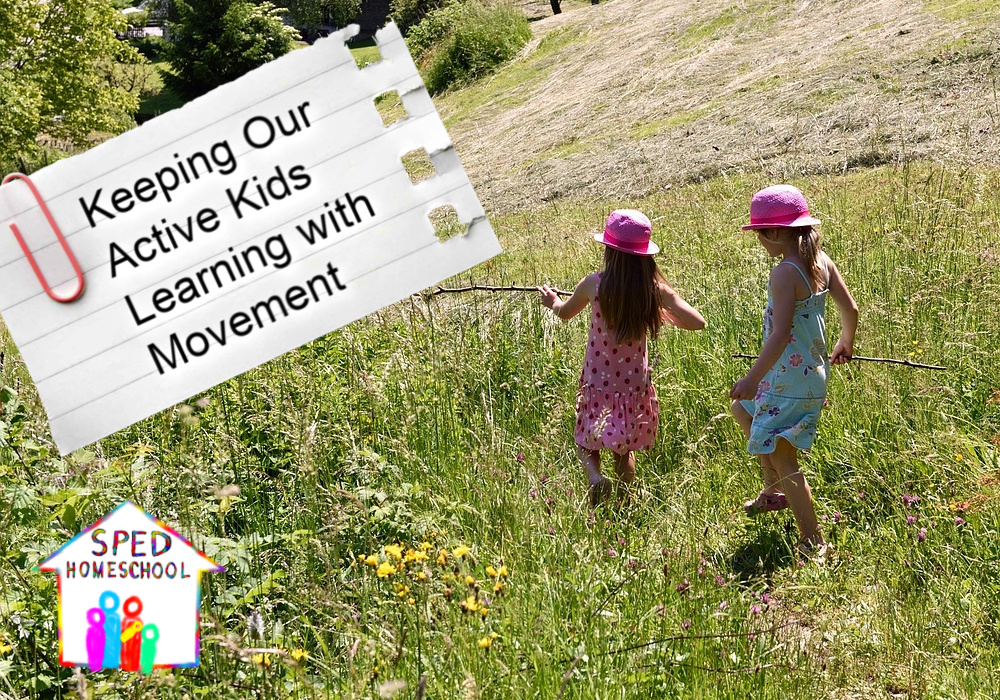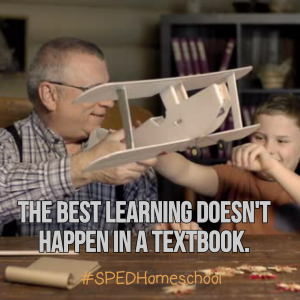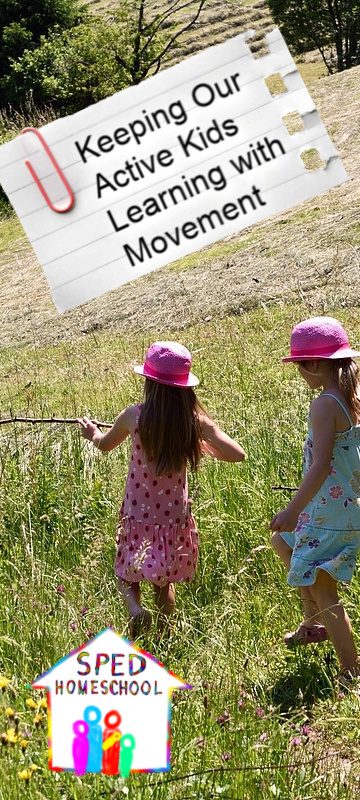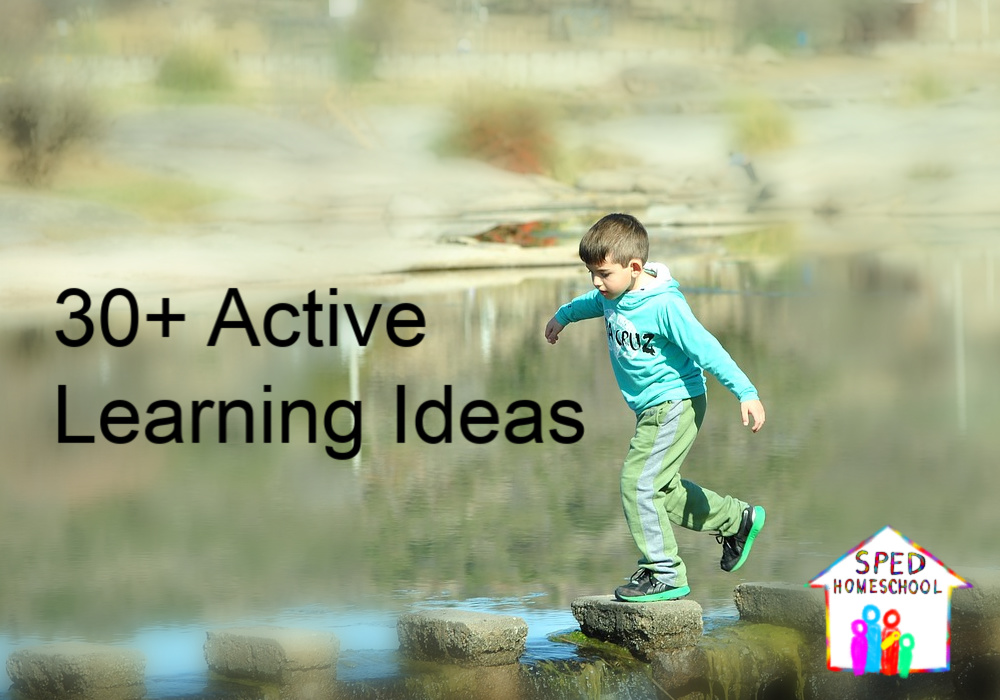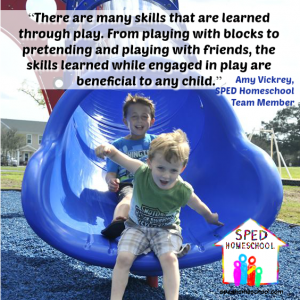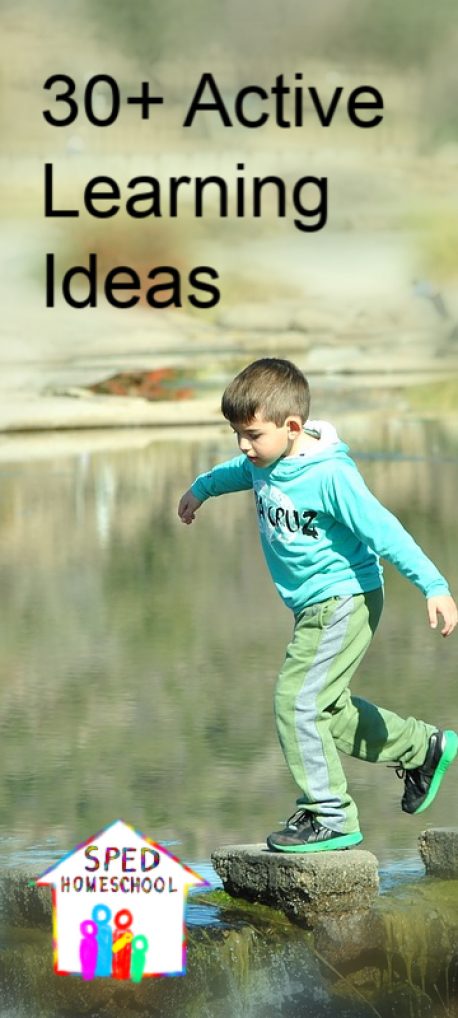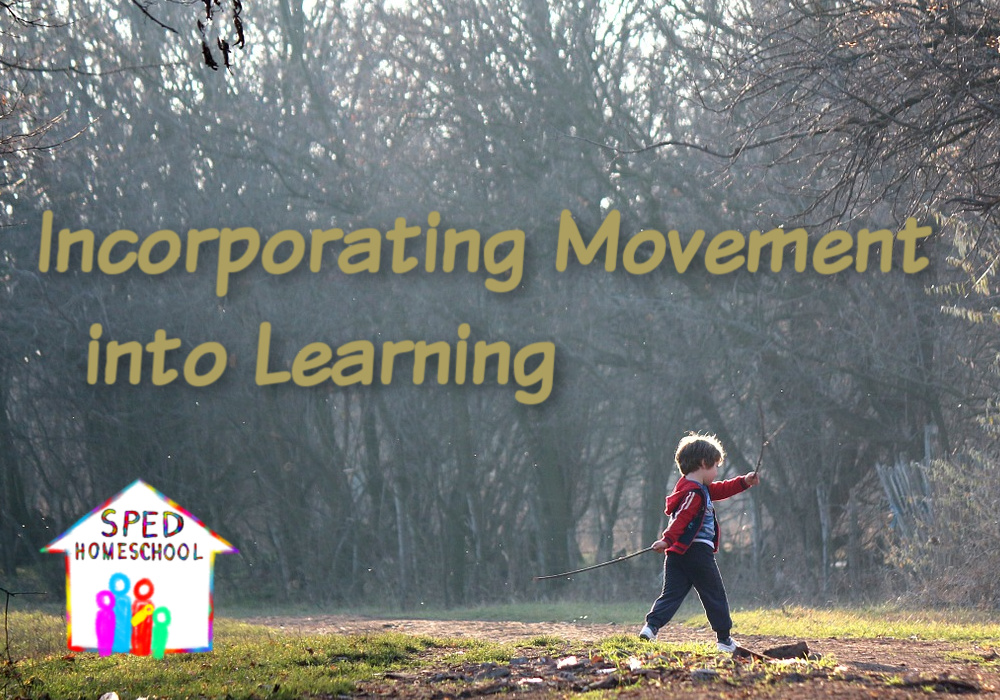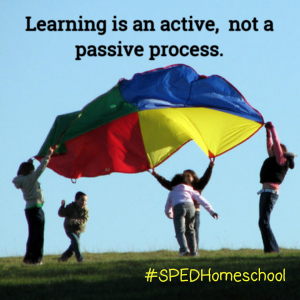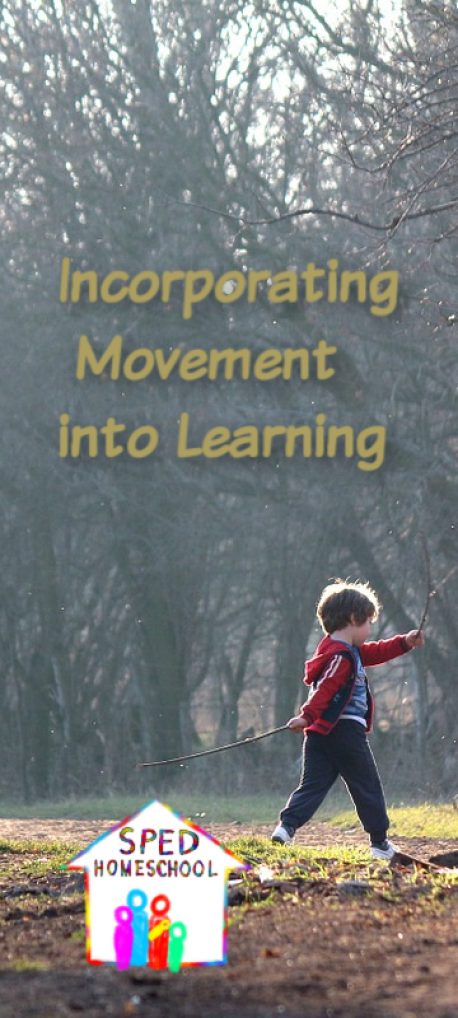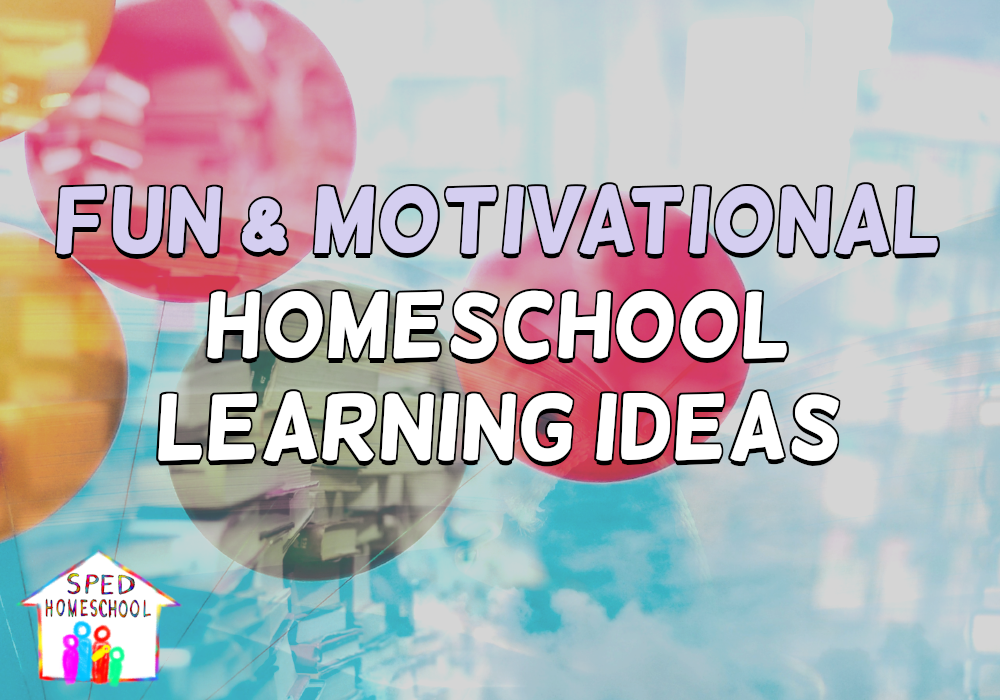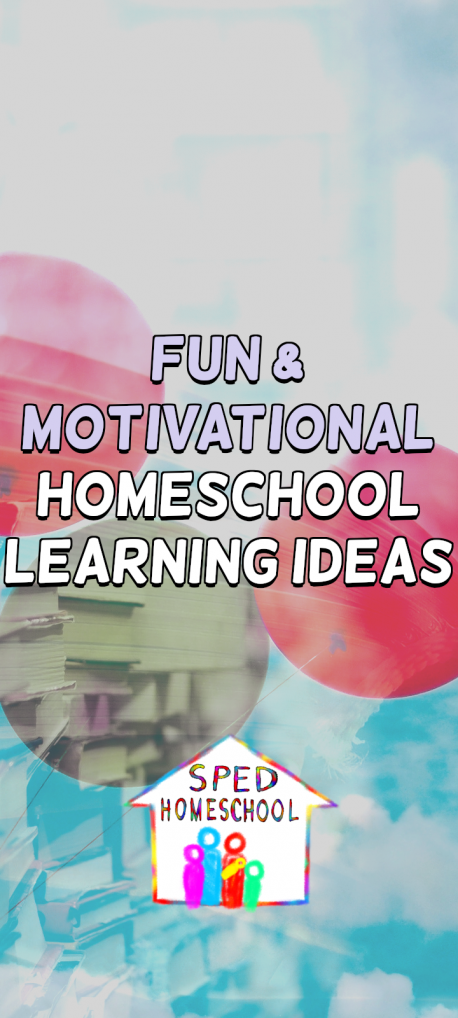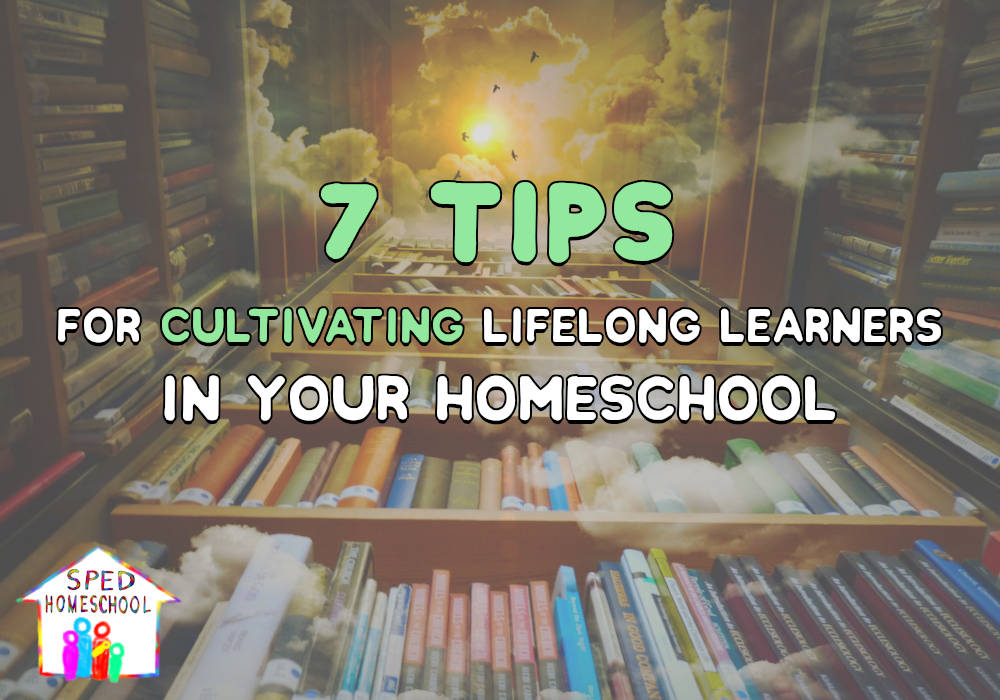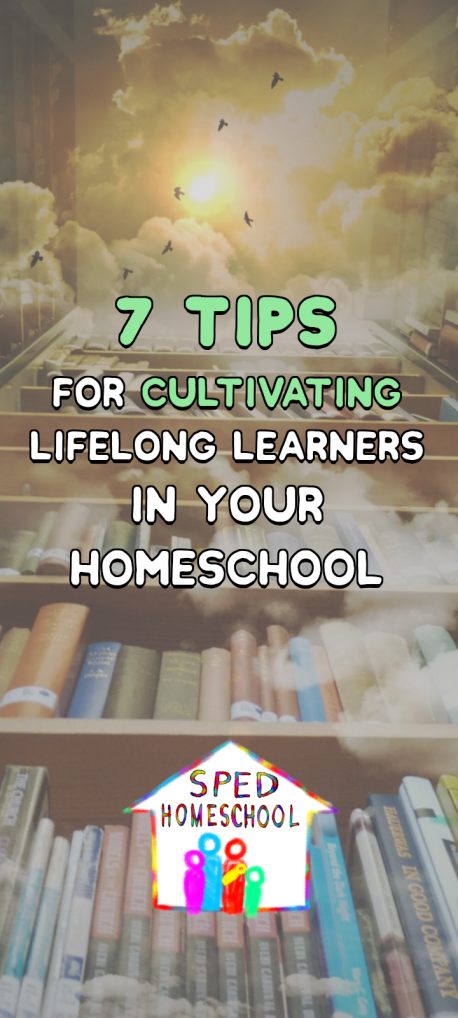Homeschool is a great place to help your special needs child make progress on therapy goals. The key is to understand what drives your child’s need for therapy and the brain’s need for neurological organization.
What is therapy?
Therapy is simply training the body to do things that come naturally to neurologically organized people. A neurologically organized brain learns and develops in ways that we call “normal.” When someone needs therapy, it means there is some kind of disconnect between the body and the brain that causes dysfunction.
Many times, a disorder or dysfunction falls along a spectrum. We use terms like mild, moderate, severe, or profound to identify where on the spectrum. Those terms actually refer to neurological organization. A child with mild disabilities is just a little neurologically disorganized. A child with profound disabilities is very neurologically disorganized. When you work on neurological organization, you are working on moving your child along the spectrum toward “normal” function.
How does the brain relate to therapy?
There are three main pieces to the puzzle of neurological organization as it relates to therapy. That means there are three potential points of disconnect you may need to address. Think of it in terms of a sensory-motor process:
- Sensory input—external (5 senses) and internal (proprioceptive [where you are in space] and vestibular [balance] senses)
- Brain processing—storing information, recalling, memory, making connections, sequencing, signals for motor output
- Motor output—speech, run, laugh, jump, write, read, perform, play
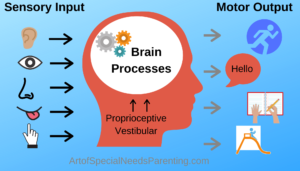
The therapy your child receives should address one or more of these three parts of the process. The goal of therapy is to help your child become more neurologically organized or physically proficient so they can function in a more “normal” way, a way that makes life easier for them. Take a look at the same graphic in terms of therapy:
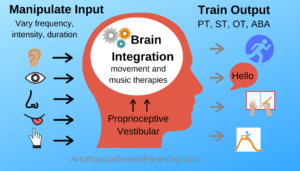
To manipulate input, you would vary the frequency, intensity and duration of the activity to influence the brain. With profound disability or if you are just starting to address an area of need, you should start with high frequency, high intensity and short duration.
Think of a baby learning to crawl. They try over and over to get up on their hands and knees (high frequency). They rock back and forth. They concentrate on their goal—they are not playing with toys or watching mom’s face while learning to crawl (high intensity). But they tire quickly (short duration). As they begin to crawl, the frequency remains high, the intensity lowers and the duration increases until the skill is mastered and performed with ease.
Therapy should work the same way. This is why homeschool is ideal for therapy overall. You can do daily therapy practice to vary the sensory input that your child needs in terms of frequency, intensity and duration.
Another thing to be aware of related to sensory input is negative sensory input. Some behavior issues can be related to environmental factors such as temperature, sound, feel of clothing, lighting or visual stimuli. You can also look at food reactions or lack of sleep. If your child is reacting during school, start a diary of each incident and look for patterns to determine the source. I have an Incident Report form you can use in my free ebook Crash Course: How to Teach Your Special Needs Child at Home . It also covers more of the neurological information presented here.
Next, jump ahead to the motor output. This involves the types of therapy that are most familiar: Physical Therapy (PT), Speech Therapy (ST), Occupational Therapy (OT) and Applied Behavior Analysis Therapy (ABA). One reason for the familiarity is because insurance will pay for these types of therapy with little hassle and schools offer them. When you branch out into other therapies, you are usually on your own as far as paying for them.
Training the motor output is important because our children don’t always intuit what they should do physically, socially or emotionally. They can learn many things but have to be taught everything. If your child is receiving therapy, ask for daily homework assignments and vary the frequency, intensity and duration to get the desired output.
Between the input and the output comes the processing. For a variety of reasons, your child’s brain may not be functioning well. It could be from damage, malformation, inflammation, lack of specific nutrients or a variety of other reasons. There are therapies designed to address how the left and right sides of the brain integrate to help it bypass any blocked pathways, whether physical, electrical or chemical. These are things like rhythmic movement therapy, music listening therapy, Brain Gym® or other therapies that work on balancing or integrating brain functions.
There are other things you can do in the areas of diet, biomedical, energy medicine, naturopathic medicine and holistic solutions. Those are outside the scope of this article but they are an important part of helping your child succeed. Sometimes it is these interventions that help the brain the most. Homeschooling allows you to integrate medical and natural protocols into your school and other therapies in the way that best suits your child’s needs.
What does this mean for my child?
For a homeschooled child, you have complete freedom to work with your child at the times and for the duration you deem necessary. You can also apply the idea of frequency, intensity and duration to learning academics or life skills. I’ll give you an example.
One of my children didn’t learn to read until the end of fourth grade. We were on curriculum number five when things finally started to click. But I don’t think it was the curriculum, per se. I had a list of the 2,000 most common words in the English language, ranging from first-grade level to high school vocabulary. I told him if he would read through all the words, he could have a particular item that was of high value to him. (It was not expensive, just highly motivating to him.)
So each day we would sit together and read a word list. They were broken down into 20-word groups. For the early lists, we could do two or three a day. As the words got longer and harder, we would do only one or two lists a day. We did this every day. No matter how poorly he read the words, we sounded them out together. It took about 2 or 3 months to get through the list. He earned his prize and then school was out for summer.
Without even realizing it, I had used the frequency, intensity and duration principles to teach him to read. We did high frequency (we even read on weekends sometimes because he was motivated), high intensity (reading was very hard for him) and short duration (just a few words at a time). We did not review or repeat words as that was not the goal.
By the end of the school year, he was reading at a first- or second-grade level. Like all well-intentioned homeschool moms, I was going to work with him over the summer but that never happened (maybe because I had a newly diagnosed special needs child). Interestingly, by the time school started in the fall, he was reading easily at a second-grade level and by the end of fifth grade that year, he was reading at a fifth-grade level or higher. So after two months of intense “reading therapy” and a break of three months where his brain was processing with no additional input, he learned to read.
I share this to show that sometimes, if we focus more on how we are providing the input than trying to get our child to produce output, we can have amazing results.
For my special needs daughter who has moderate disabilities, the real value has been in working on the brain and neurological organization. She spent time in public school. During that time, I worked with her on brain therapies at home. Through interactions with her teacher, I could easily see what was working and what was not working.
My focus was strictly neurological organization, not academics, so vast improvements at school were most likely due to increased neurological organization versus academic instruction. I know this is true because her teachers were always amazed at how much she progressed, implying that they didn’t really do anything different with her than the other students to cause such an increase in progress. I also know it works because when I do not keep up with her neurological therapies, she slides into fight or flight mode and doesn’t function very well intellectually or behaviorally.
For my special needs daughter who has moderate disabilities, the real value has been in working on the brain and neurological organization. She spent time in public school. During that time, I worked with her on brain therapies at home. Through interactions with her teacher, I could easily see what was working and what was not working.
My focus was strictly neurological organization, not academics, so vast improvements at school were most likely due to increased neurological organization versus academic instruction. I know this is true because her teachers were always amazed at how much she progressed, implying that they didn’t really do anything different with her than the other students to cause such an increase in progress. I also know it works because when I do not keep up with her neurological therapies, she slides into fight or flight mode and doesn’t function very well intellectually or behaviorally.
If you’ve ever wondered why therapy is not really working for your child, it may be that they need work on varying input or neurological organization before manipulating the motor output will be effective.
What can I do in my homeschool?
Here are some ways to incorporate therapy into your homeschool day and help your child become more neurologically organized:
- Apply frequency, intensity and duration principles to:
- Therapy homework
- Your child’s goals, academics or life skills
- A particularly difficult subject for your child
- Add developmental movement to your day
- Use exercises that are specifically developmental in nature, like those from Brain Gym® or the book Smart Moves
- Add rhythmic movement therapy to address retained reflexes
- Take walks – the body is designed to walk and naturally alternates sides, increasing brain integration
- Do exercises or dance (not necessarily developmentally but better than nothing)
- Train motor output
- Learn therapy exercises from your child’s therapists
- Use hand-over-hand support to teach skills
- Physically manipulate your child’s body to encourage correct function
Never give up on your child, regardless of age. If you can improve neurological organization, you can improve your child’s life.
